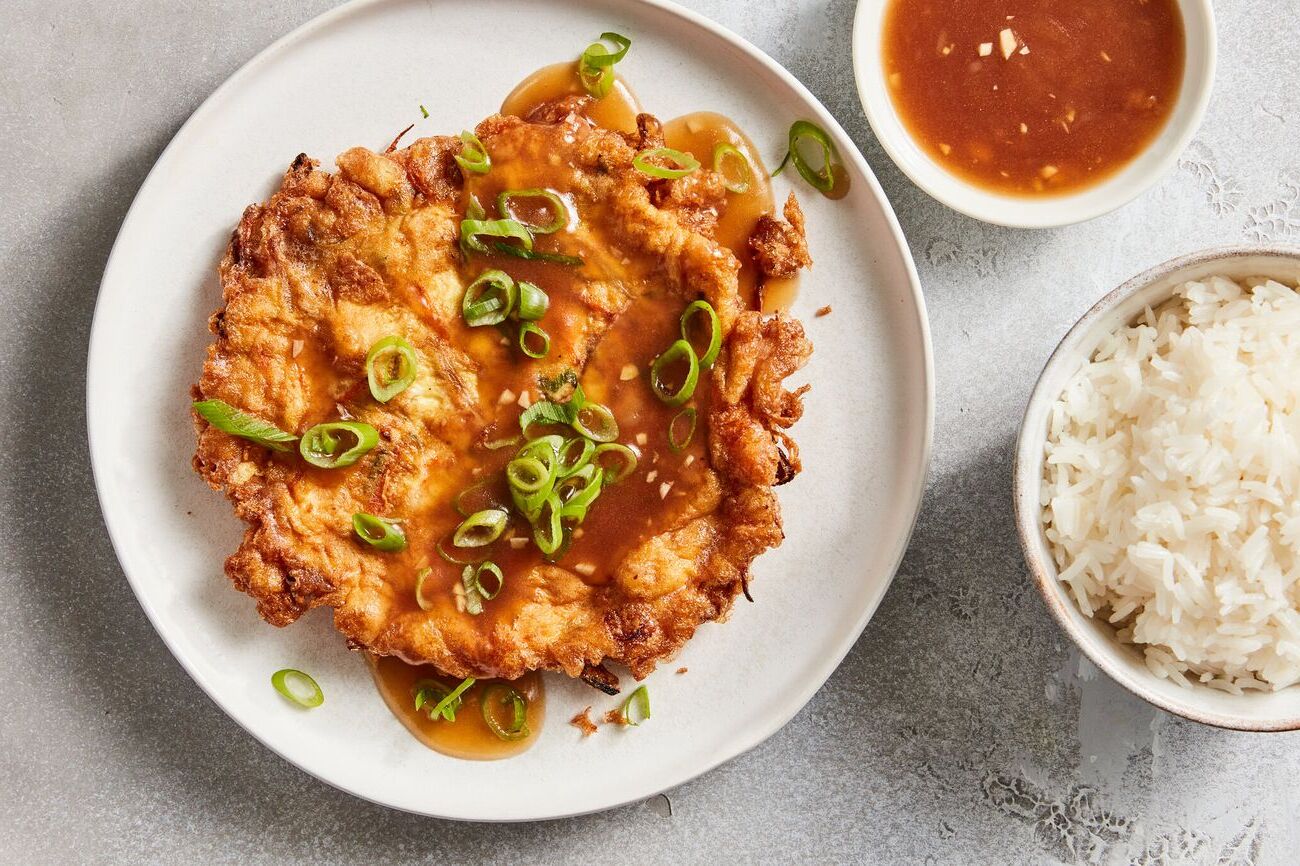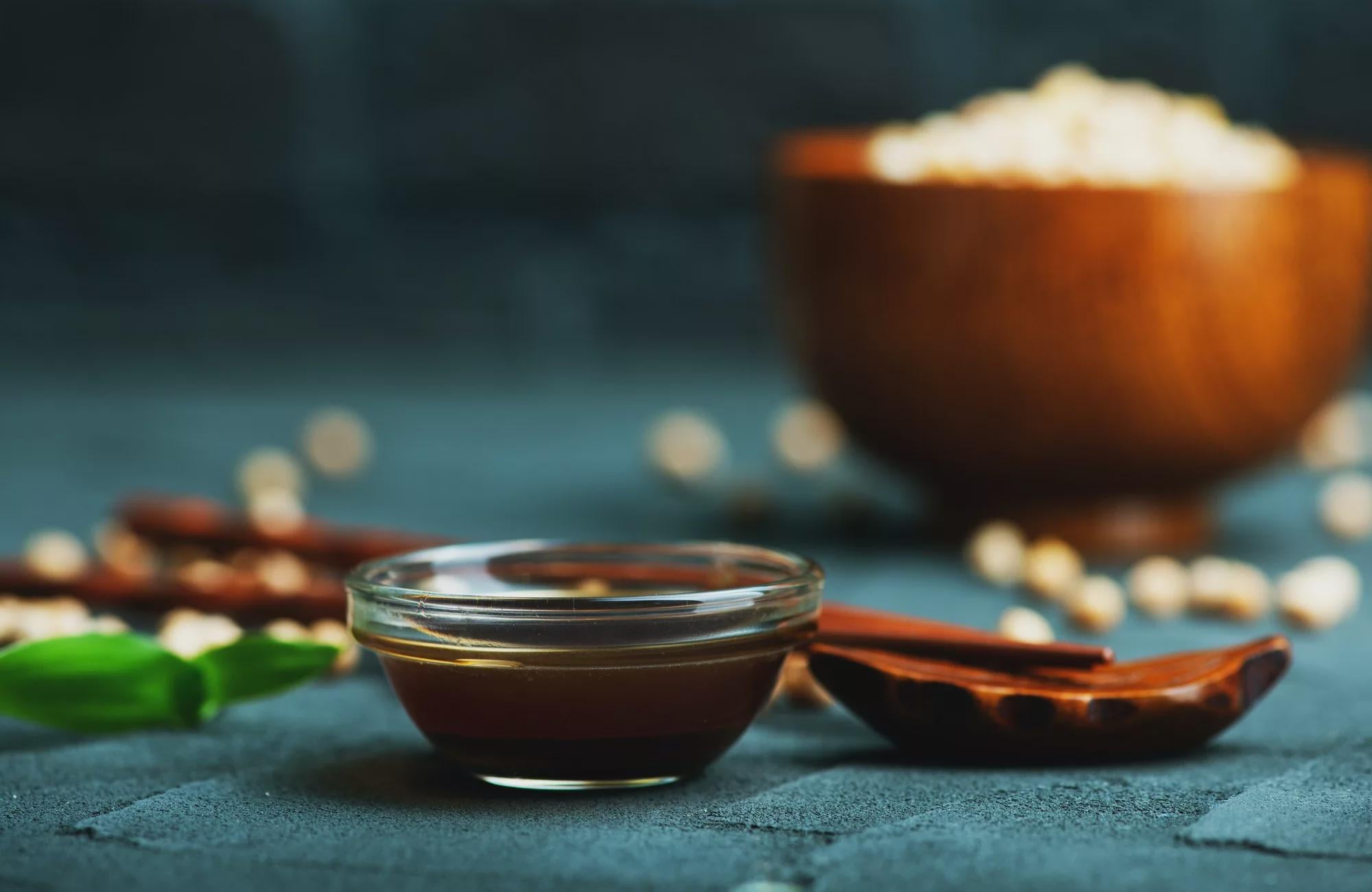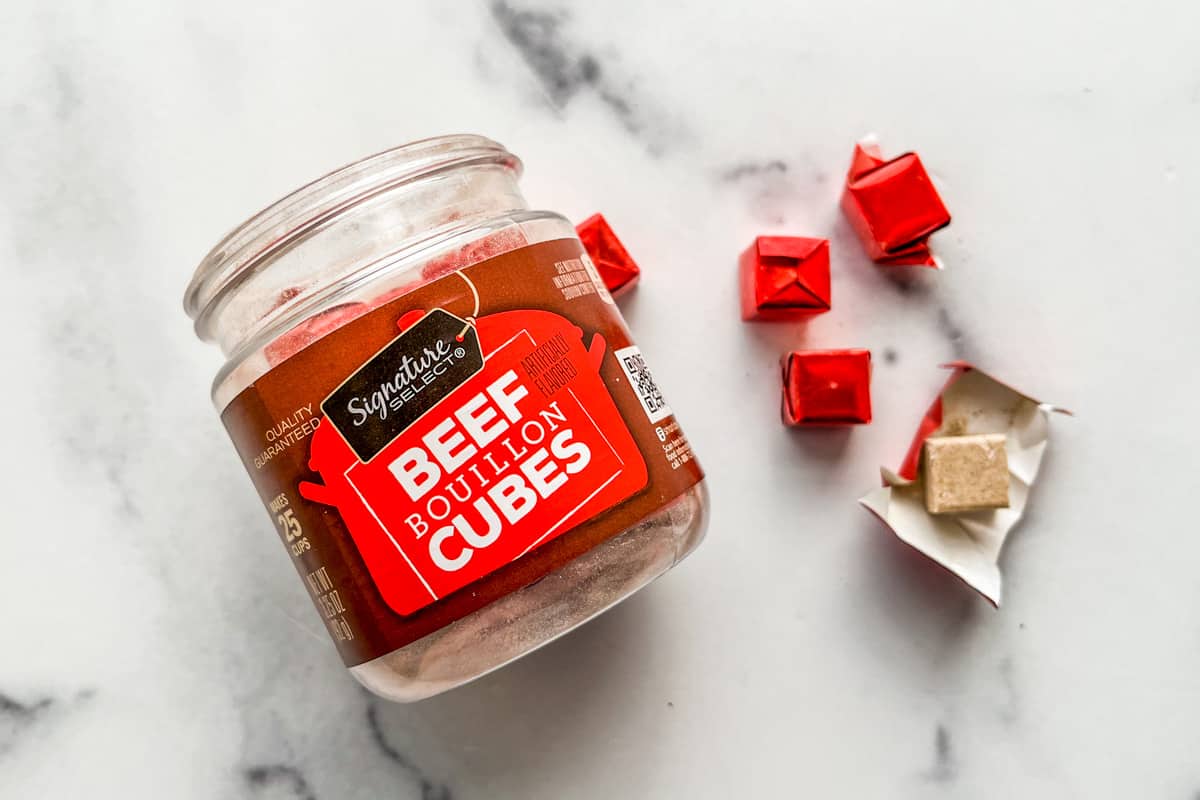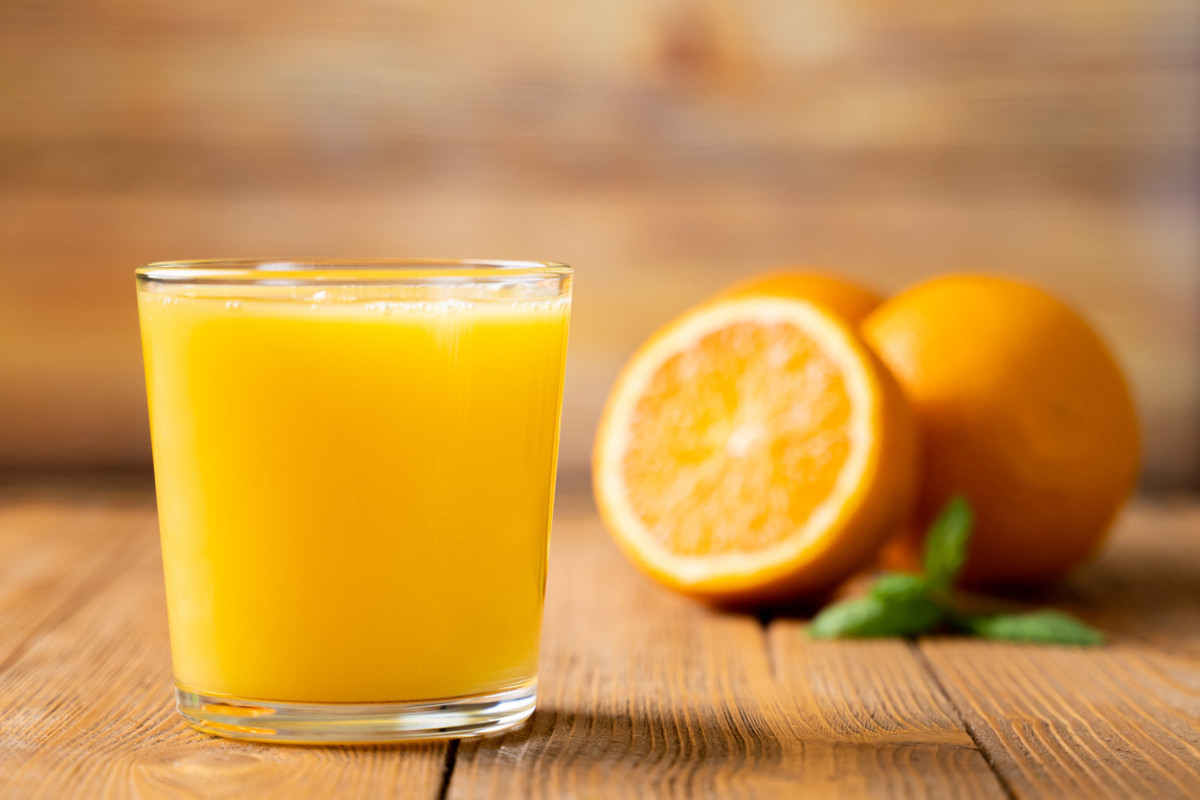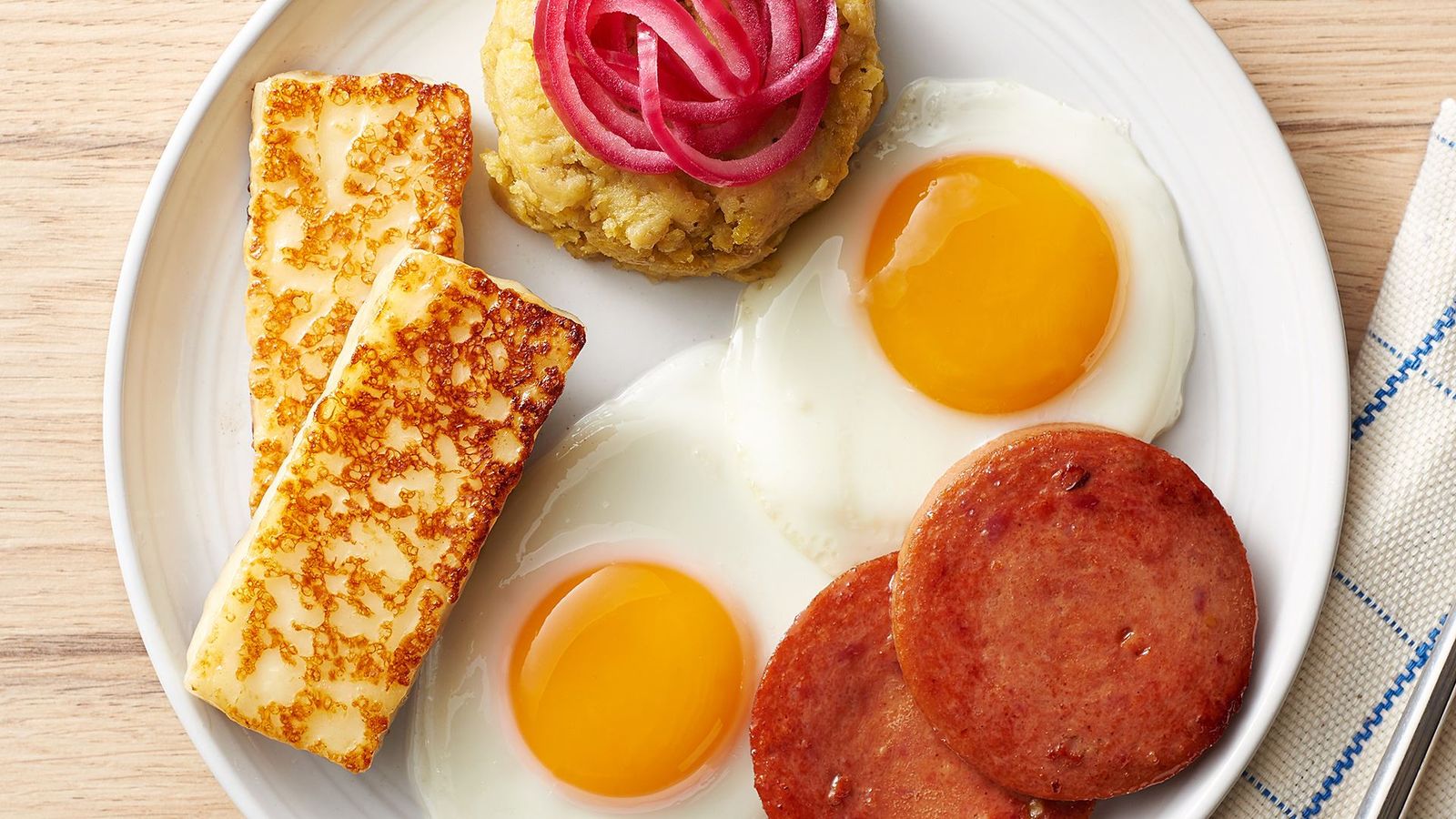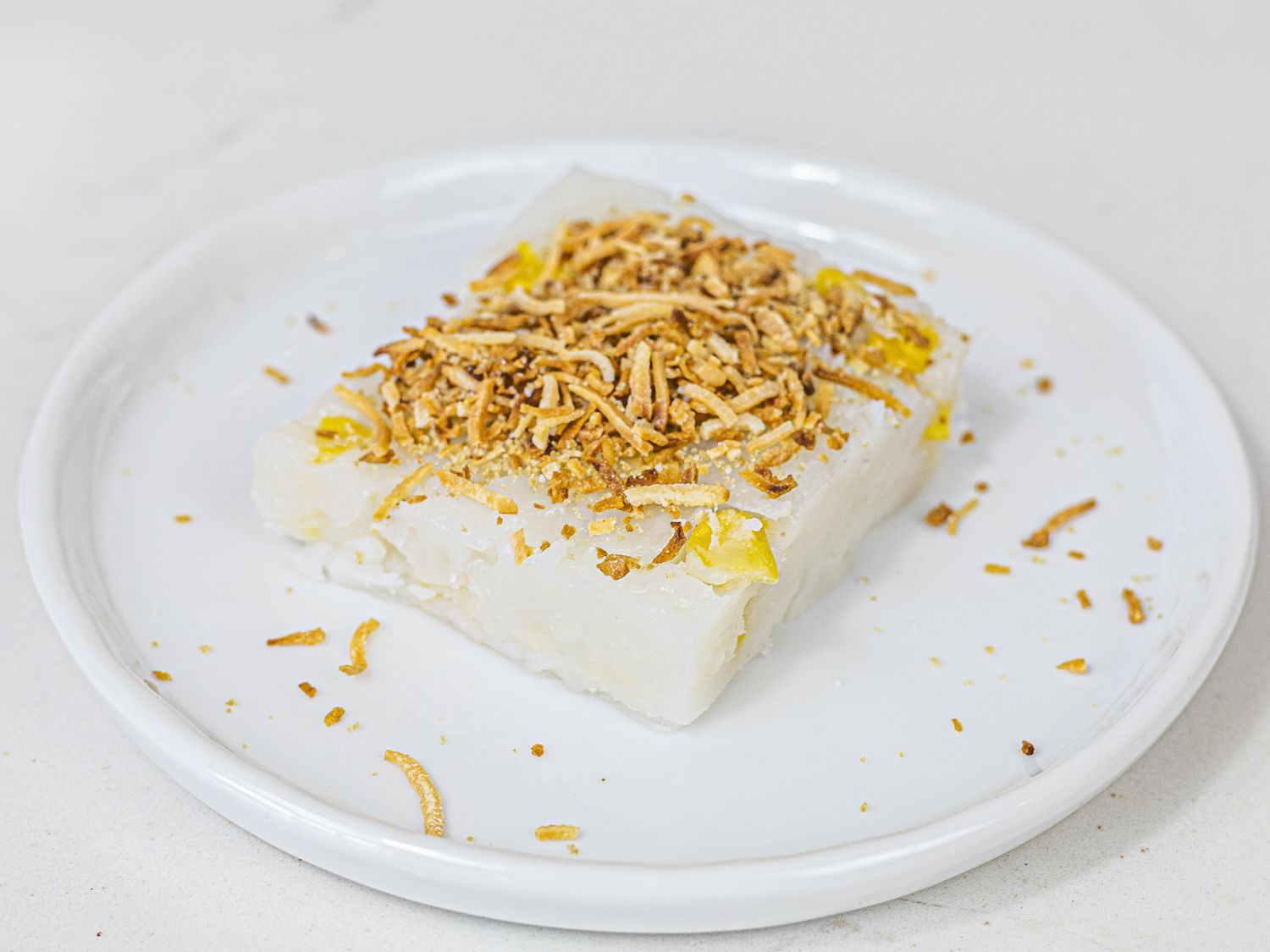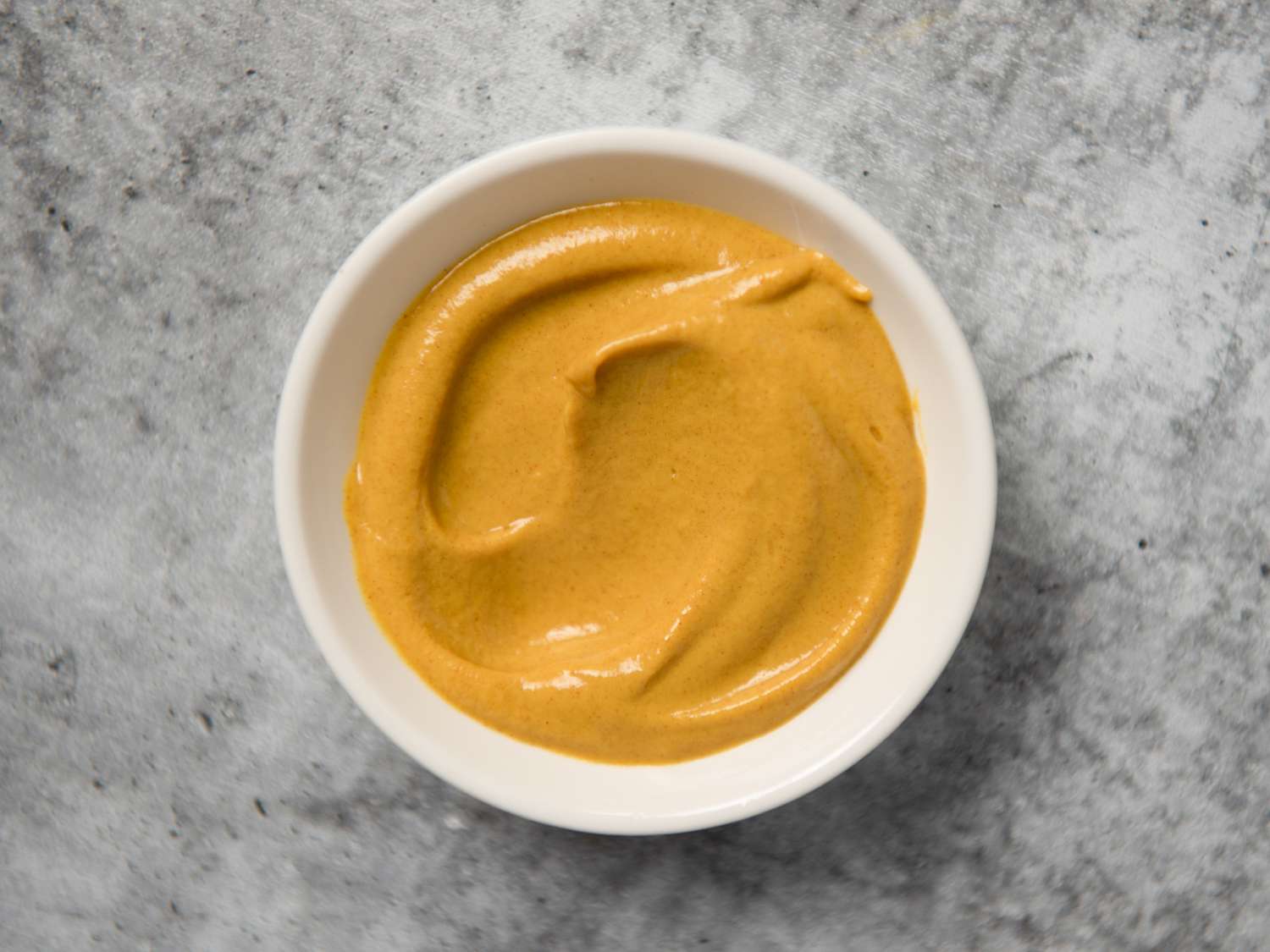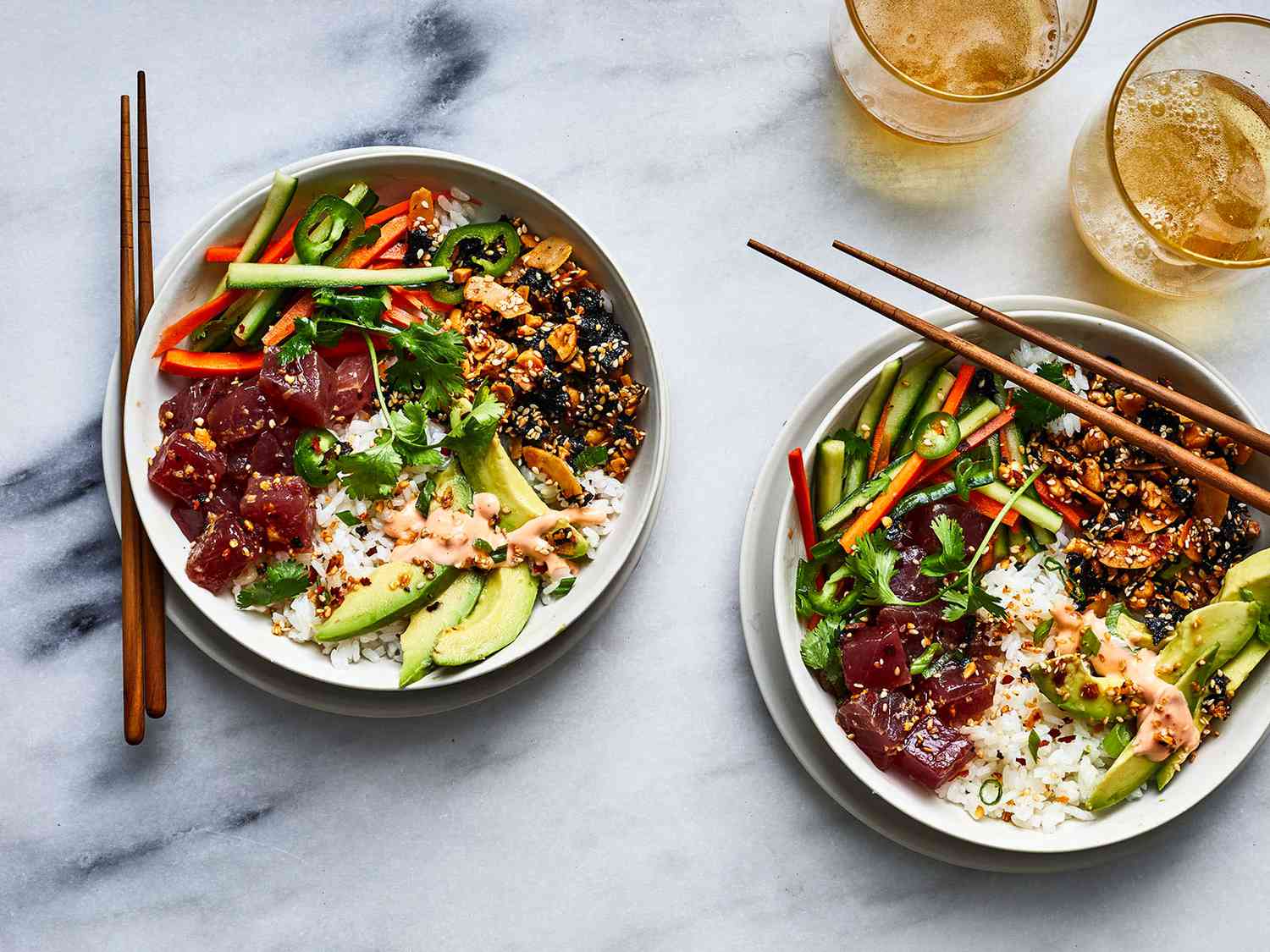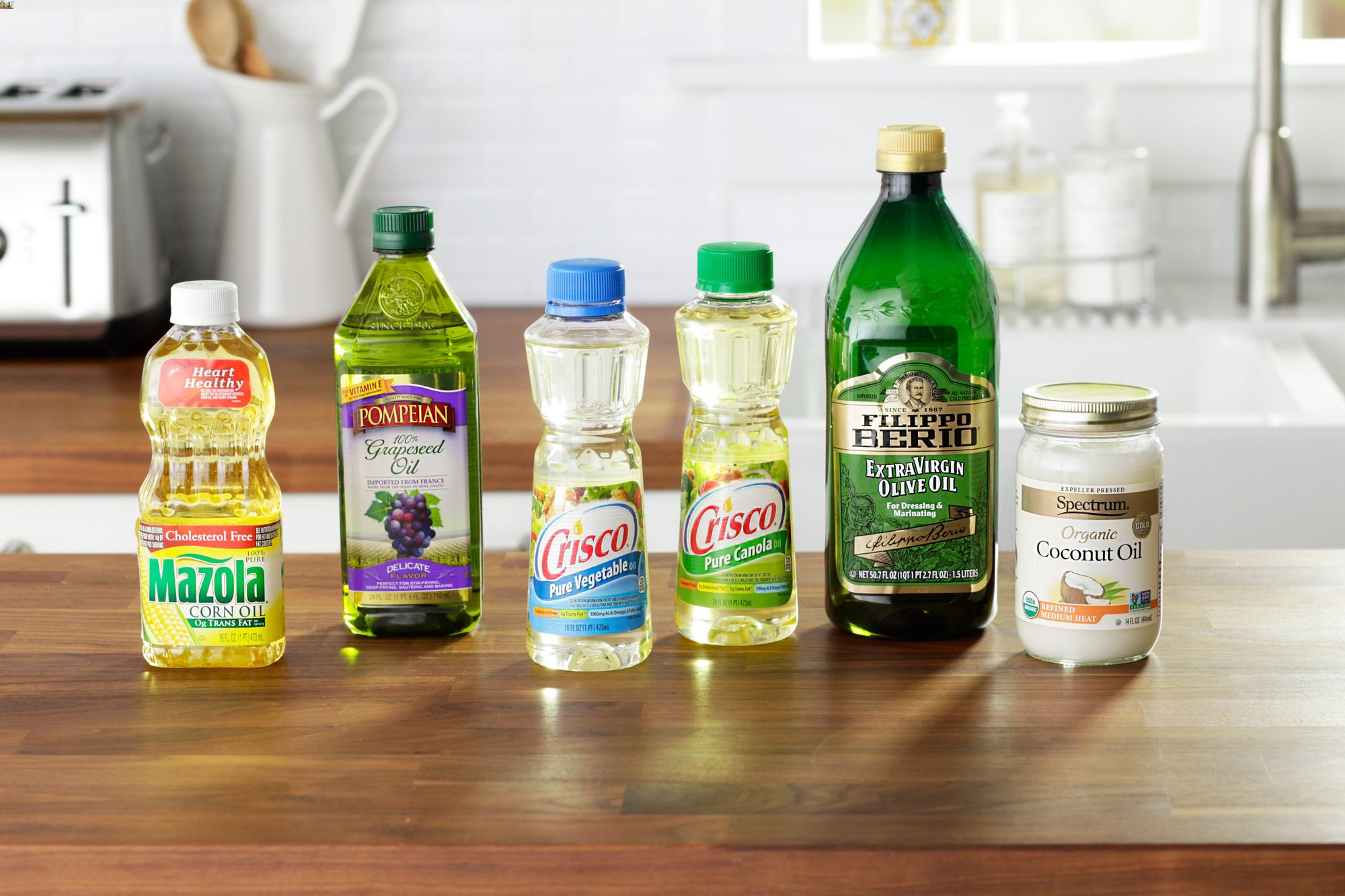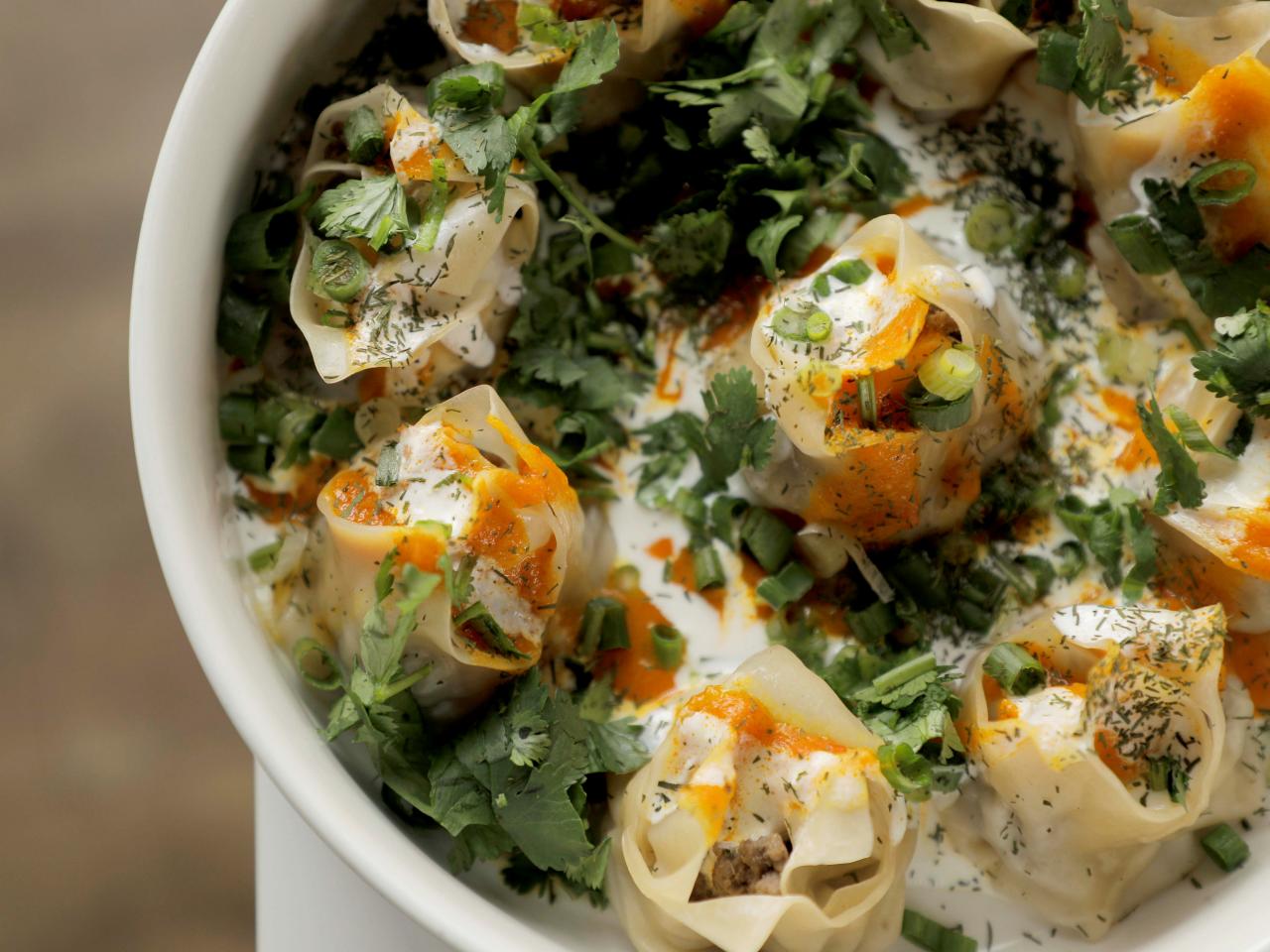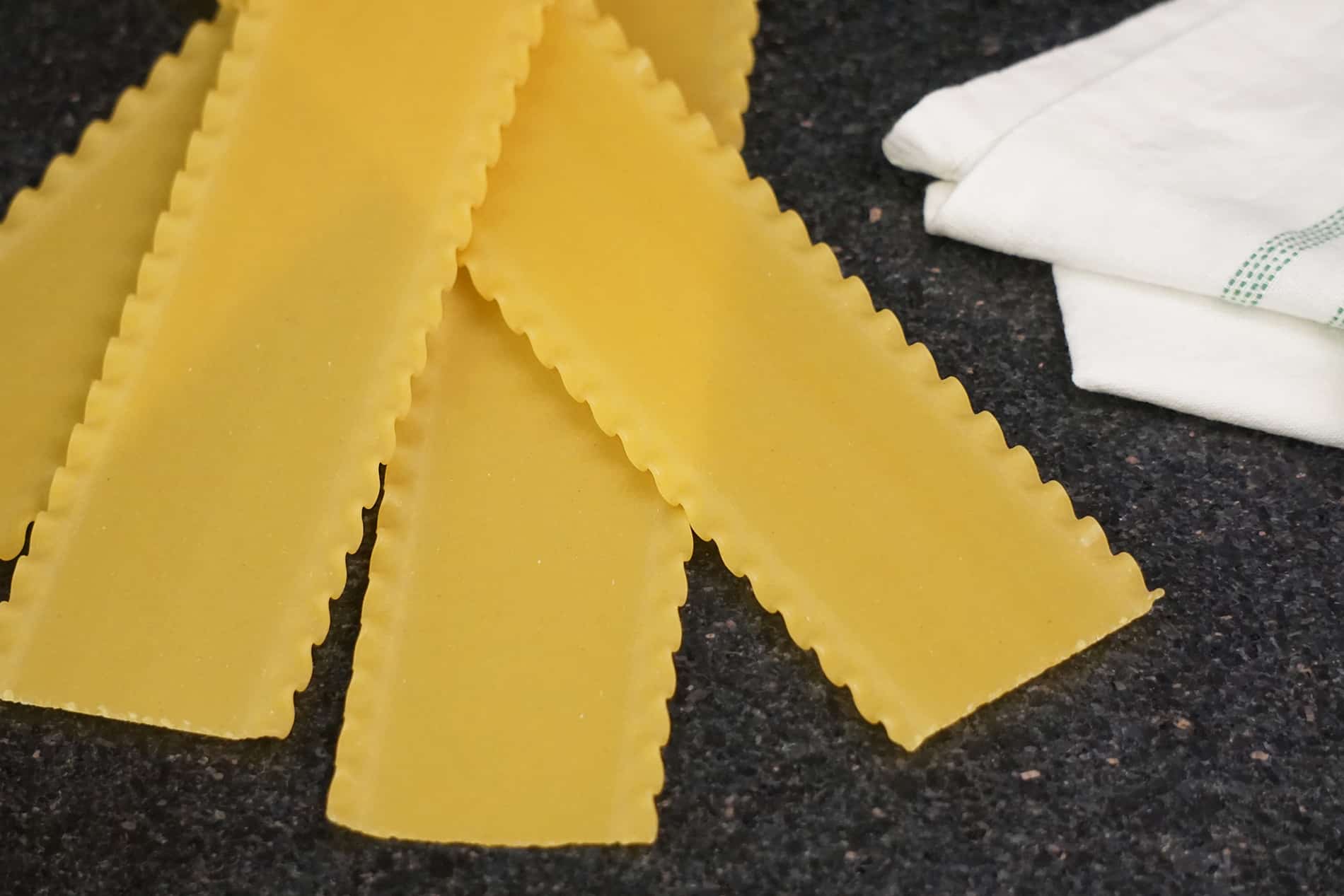Understanding Liquid Butter: A Versatile Ingredient
When it comes to cooking and baking, butter is a staple ingredient that adds richness and flavor to a wide variety of dishes. While most of us are familiar with solid butter that comes in sticks or blocks, there’s another form of this beloved ingredient that’s gaining popularity – liquid butter.
So, what exactly is liquid butter and how is it used in the kitchen? Let’s explore this versatile ingredient and its culinary applications.
What Is Liquid Butter?
Liquid butter, also known as clarified butter or ghee, is a form of butter that has been melted and separated from the milk solids and water content. This process results in a clear, golden liquid with a rich, nutty flavor and a high smoke point, making it ideal for cooking at high temperatures.
Unlike traditional butter, which contains milk solids and water, liquid butter is purely the butterfat, making it a more concentrated form of butter. This also means that it has a longer shelf life and can be stored at room temperature without spoiling.
Uses of Liquid Butter
Liquid butter has a wide range of culinary uses and benefits, making it a valuable ingredient in the kitchen. Here are some common uses of liquid butter:
- Cooking: Liquid butter is perfect for sautéing, frying, and searing due to its high smoke point. It adds a rich, buttery flavor to dishes without burning or turning brown too quickly.
- Baking: Liquid butter can be used in baking recipes to add moisture and richness to cakes, cookies, and pastries. It can also be brushed on top of baked goods for a golden, glossy finish.
- Flavoring: Liquid butter can be infused with herbs, spices, or garlic to create flavored butter for spreading on bread or drizzling over vegetables and meats.
- Popcorn topping: Melted liquid butter is a popular topping for popcorn, adding a delicious buttery flavor to this classic snack.
Benefits of Using Liquid Butter
There are several benefits to using liquid butter in cooking and baking:
- High smoke point: Liquid butter has a higher smoke point than traditional butter, making it suitable for high-heat cooking methods such as frying and searing.
- Longer shelf life: Due to the removal of milk solids and water, liquid butter has a longer shelf life and can be stored at room temperature without refrigeration.
- Rich flavor: Liquid butter has a rich, nutty flavor that enhances the taste of dishes and adds a luxurious touch to baked goods.
- Versatility: From savory dishes to sweet treats, liquid butter can be used in a wide range of recipes, making it a versatile ingredient to have on hand.
Conclusion
Whether you’re looking to elevate the flavor of your dishes or need a reliable cooking fat with a high smoke point, liquid butter is a valuable ingredient that offers both versatility and culinary benefits. From sautéing and frying to baking and flavoring, this golden elixir of the kitchen is a must-have for any home cook or professional chef.
Next time you’re in the kitchen, consider reaching for a bottle of liquid butter to add a touch of richness and flavor to your culinary creations.
